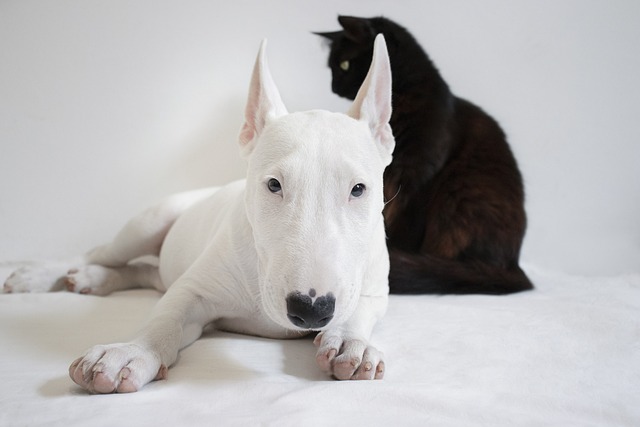
What is the most common dog allergy
I sat with my friend Lena at a coffee shop last week, where she was scrolling through allergy blogs—her 6-year-old son
I spent a Saturday afternoon helping my cousin Maya prep for her new 8-week-old Golden Retriever puppy, Max—she had a cart full of cute sweaters and chew toys but forgot the basics, like a crate or puppy-safe food. “I have no idea what I actually need,” she laughed, holding up a tiny bowtie collar. If you’re a new U.S. dog owner gearing up for a puppy, it’s easy to get overwhelmed by “must-have” lists—but the best purchases focus on safety, training, and making your pup feel at home. You don’t need fancy gadgets; just the right tools to set both of you up for success.
To understand what matters, let’s break down a puppy’s core needs: They need a safe space to rest (denning instinct), food that supports growth, tools for positive training, and gear to keep them secure. Puppies under 12 weeks have tiny bladders, teething pain, and are still learning rules—so your purchases should make these stages easier, not more stressful. Maya’s vet explained that skipping a proper crate or buying adult dog food could lead to accidents or health issues, which is why prioritizing function over cuteness is key.
Here’s what to buy for a new puppy owner, step by step: First, a properly sized crate and bed. Get a crate that’s big enough for your puppy to stand, turn around, and lie down (add a divider to make it smaller now—you can expand it as they grow). Line it with a washable bed (avoid fluffy ones they can chew) to make it cozy. For Maya, this was a game-changer—Max napped in his crate voluntarily instead of chewing shoes. Second, puppy-specific food and bowls. Choose AAFCO-certified puppy food (it has extra protein and nutrients for growth)—skip adult food or generic brands. Get stainless steel bowls (easy to clean and prevent bacteria) with a non-slip base (no more spilled food on apartment floors). Third, training tools for positive reinforcement. Grab a bag of soft, tiny treats (for teaching “sit” or “come”), a 4-6 foot leash (no retractable leashes—they’re unsafe for puppies), and a harness (gentler on their neck than collars). A teething toy (like a frozen Kong stuffed with peanut butter) eases sore gums without ruining your furniture. Fourth, safety and cleanup supplies. Stock up on puppy-safe stain/odor remover (for accidents), poop bags (required by law in most U.S. cities), and a nail clipper (ask your vet to show you how to use it safely).
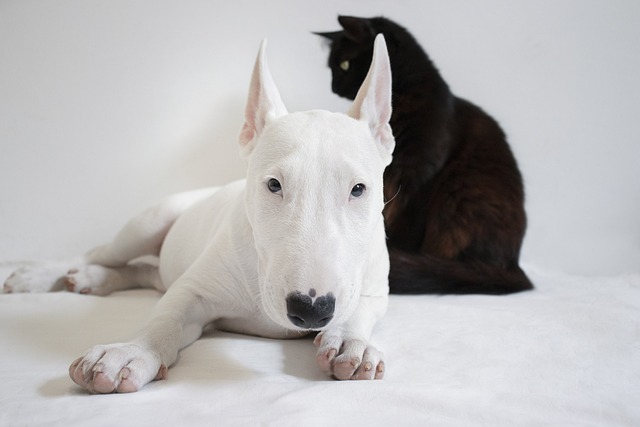
Never use shock collars or punishment tools—they violate U.S. animal welfare standards and break trust. Stick to treats and praise for good behavior. For apartment living, keep chew toys in every room to redirect teething, and use baby gates to block off dangerous areas (like the kitchen). When walking, always carry extra poop bags (cities like New York fine $250 for leaving messes) and keep walks short (5 minutes per month of age—Max only needed 10-minute walks at 8 weeks). Schedule a vet visit within the first week to get their rabies vaccine (required nationwide) and start a wellness plan.
By the end of Max’s first week, Maya felt confident—and Max was already learning tricks. The best purchases aren’t the most expensive ones; they’re the ones that make your puppy feel safe and help you bond. With these basics, you’ll both thrive.

I sat with my friend Lena at a coffee shop last week, where she was scrolling through allergy blogs—her 6-year-old son
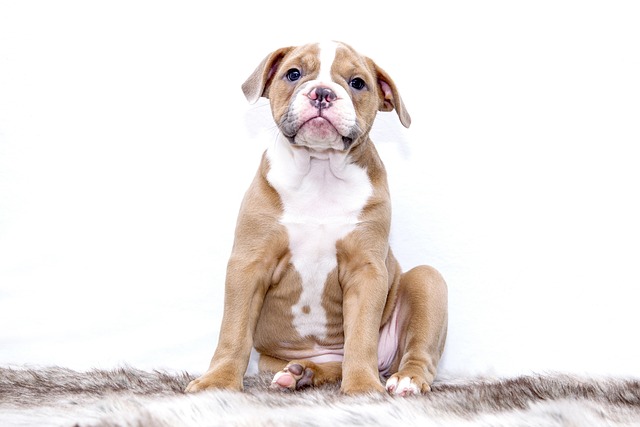
You’ve noticed it lately—your playful pup who used to sprint after squirrels now prefers a leisurely sniff around the yard, and that gray muzzle is becoming more pronounced.
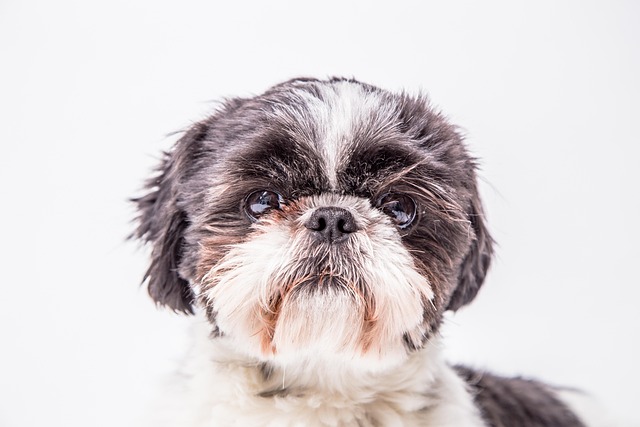
Many new dog owners dream of welcoming a big, cuddly companion but worry about keeping up with intense exercise needs.
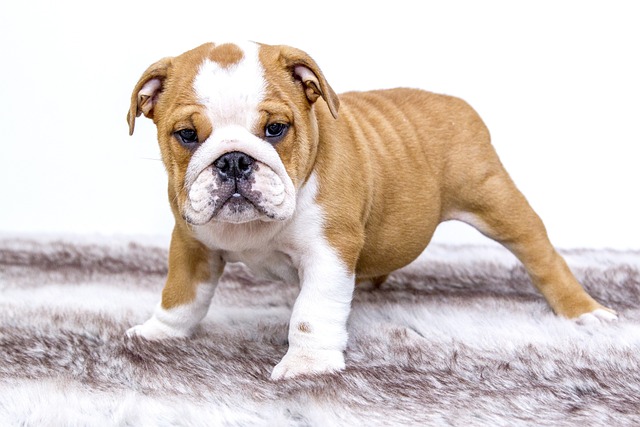
I sat with my neighbor Mrs. Henderson on her porch last night, as her 12-year-old Labrador, Molly, curled up at her feet. “I worry about her when we go to bed
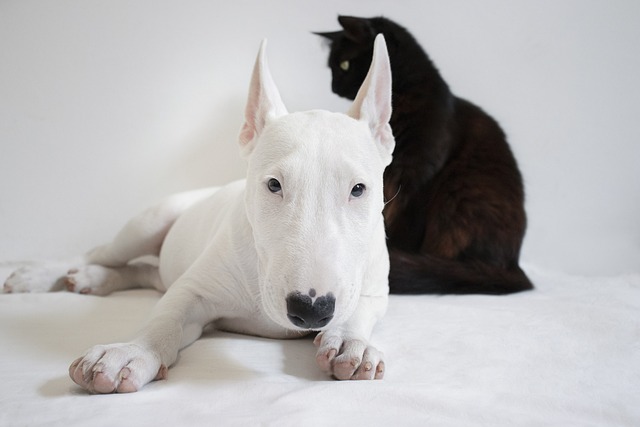
I spent a Saturday afternoon helping my cousin Maya prep for her new 8-week-old Golden Retriever puppy, Max—she had a cart full of cute sweaters and chew toys but forgot the basics

I sat with my friend Sarah in her living room last week, watching her 6-year-old Cocker Spaniel, Lila—who was diagnosed with early kidney disease